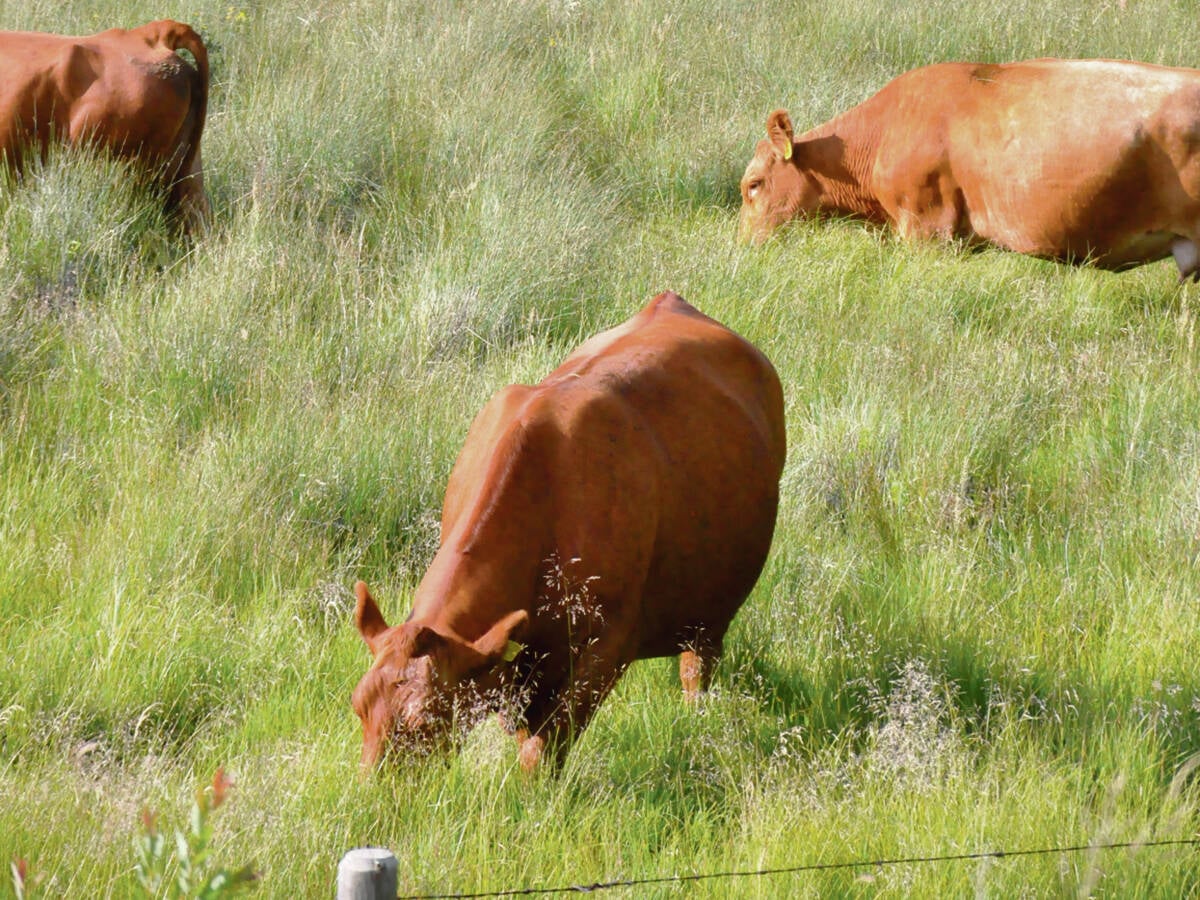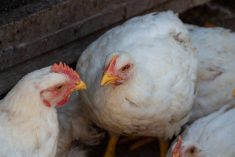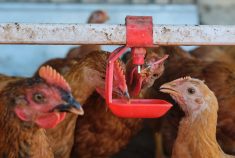Recent detection in the United States of a highly pathogenic H5N1 avian influenza virus in dairy cattle is the first instance of this strain in bovines.
The World Organization for Animal Health said the detections “have raised concerns since such infections of cattle could indicate an increased risk of H5N1 viruses becoming better adapted to mammals, and potentially spilling over to humans and other livestock.”
So far, the virus has not been lethal to cattle and causes very different symptoms than it does in poultry. For that reason, the American Association of Bovine Practitioners wrote in an open letter April 8 that the virus in cattle should be referred to as bovine influenza A virus, or BIAV.
Read Also

No new traceability regulations implemented says Canadian Cattle Association
The national and provincial cattle organizations recently took to social media to reassure producers concerned about proposed traceability regulations.
A global outbreak of this strain in poultry began in 2022 and has spread most effectively through migratory birds. It was believed beef cattle would be at greater risk of exposure to infected migratory birds than dairy cattle because they’re more often housed outdoors.
University of Montreal faculty member Dr. Jean-Pierre Vaillaincourt said there are several reasons why dairy farms are more likely bovine hosts.
It’s possible all recent U.S. cases originated from one or a few herds in Texas, where outdoor housing is common. So dairy cattle contact with migratory birds, as was hinted by the state’s governor when positive tests were announced in late March, is more likely in that region.
Subsequent investigation revealed the dead birds found on the Texas farms weren’t migratory but rather “peridomestic” species — pigeons, blackbirds and grackles. These are commonly found inside or on the immediate exterior of dairy facilities, not just in Texas but across the continent.
This strain doesn’t spread effectively through nasal droplets. Cow-to-cow transmission may have occurred in the U.S. outbreak but if so, it most likely happened through contaminated milking equipment.
On beef farms, such cow-to-cow transmission is unlikely.
So far, recorded symptoms among bovines have been minor. Typically, symptoms are more systematically monitored on dairy farms compared to beef farms so a cow with a mild illness is more likely to be noticed on a dairy farm.
It’s possible that this strain of influenza has already infected cattle in Canada that are housed outdoors, Vaillaincourt conceded, but no one either noticed or felt it necessary to have any mildly affected cow tested.
It’s also possible, however, that “there is a difference between a beef cow and a dairy cow” and that a typical dairy cow may be more susceptible to BIAV. They have different stressors, the University of Montreal professor noted, due to genetics and management regimes.
















